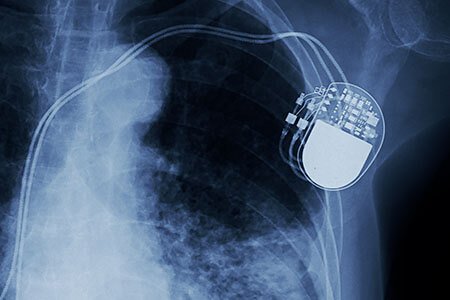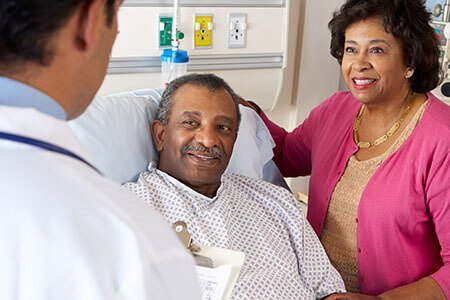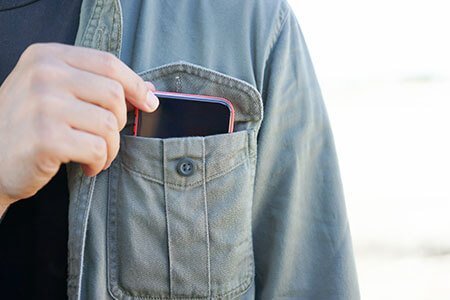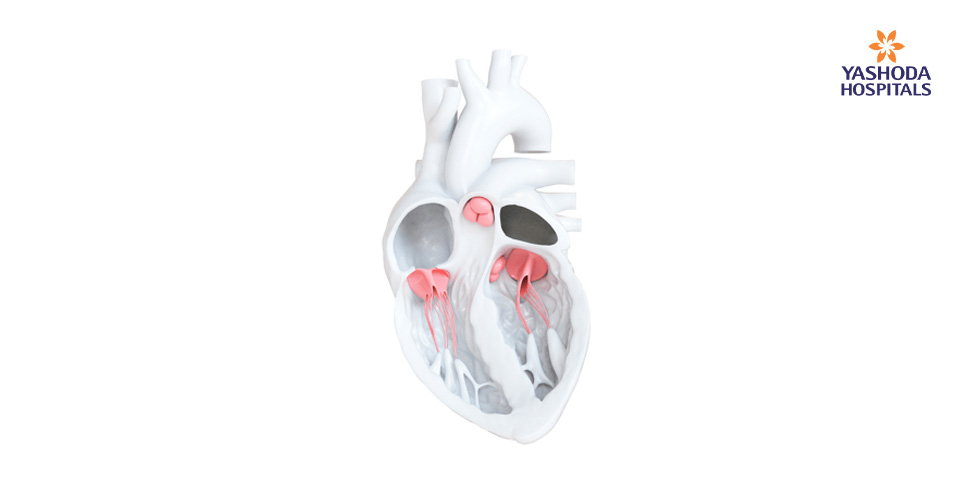Yashoda Hospitals > Diseases & Treatments > Cardiology > Pacemaker and other Implantable Heart Devices
Pacemaker and other Implantable Heart Devices
Types, Costs, Procedure, Benefits and Risks
Types of Cardiac Devices
What are implantable heart devices and when do doctors recommend them?
Implantable heart devices are electronic, battery-operated medical devices used to control the rhythm, support heart and circulation, or monitor rhythms. The devices include –
- Pacemakers
- Biventricular pacemakers or Cardiac Resynchronization Devices (CRDs)
- Implantable Cardioverter Defibrillators (ICDs)
- Left Ventricular Assist Devices (LVADs)
- Heart rhythm monitors or Implantable Cardiac Loop Recorders (CLRs)

Pacemakers: A pacemaker is an electronic device, to assist the heartbeat in a specific way. It has few insulated wires, battery and a circuit, programmed to regulate the electrical impulses in the heart. It is surgically placed by a cardiologist below the collarbone in the chest. Pacemakers may be implanted temporarily or permanently and may or may not be monitored by the doctor from the hospital.
Pacemakers may be of different types, depending on the area of the heart where the impulses are distributed.
- Single chamber pacemaker: Electrical impulses from the pacemaker are sent to the right ventricle of the
- Dual chamber pacemaker:Electrical impulses from the pacemaker are sent to the right ventricle and the right atrium of the heart.
Pacemaker implantation may be indicated in heart conditions, not limited to:
- Commonly used in Bradycardia (a slow heartbeat).
- Other arrhythmias – atrial fibrillation, ventricular tachycardia, & ventricular arrhythmia.
- Heart block
- Sick sinus syndrome
- Congestive heart failure
- Heart attack or cardiac arrest
Biventricular pacemakers or Cardiac Resynchronization Devices (CRDs): Biventricular pacemakers work similar to pacemakers but also send electrical impulses to the heart to resynchronize ventricular contractions (pumping of lower chambers of the heart). Also known as CRDs, they are used in patients with heart failure who do not respond to medicines. This pacemaker helps to bring coordination between atria and ventricles so they both contract in synchronized heart rhythm. The device and the benefits may be monitored by the doctor sitting at the hospital.
Implantable Cardioverter Defibrillators (ICDs): Implantable cardioverter defibrillators (ICDs) devices are used to restore heart rhythm and prevent cardiac death. It is helpful in patients with abnormal heart rhythm (arrhythmias) and who are at risk of recurrent, sustained ventricular tachycardia or ventricular fibrillation.
The ICD detects abnormal rhythm and automatically shocks the heart to restore regular heartbeat and blood circulation. Many ICDs come with an inbuilt pacemaker which normalizes slower heartbeats. The ICDs may be implanted in the chest wall below the collarbone or beneath the skin (subcutaneous internal cardioverter defibrillator).
Left Ventricular Assist Devices (LVADs): An LVAD is used to support the heart in maintaining effective blood circulation by assisting left ventricles, the lower chamber that pumps blood out to the body.
LVAD is used for patients who are awaiting a heart transplant, thus it is also known as “bridge to transplant”. This device assists blood pumping and prevents further deterioration of already-weakened heart thus sustain the life of patient till a heart is available for transplantation. It is also used in end-stage heart failure when heart transplantation is not an option and thus it is also called as “Destination therapy”.
Heart rhythm monitors or Implantable Cardiac Loop Recorders (CLRs): Implantable loop recorders are wireless cardiac monitors that continuously record heart rhythm for years, usually up to 3 years. Doctors recommend implanting loop recorders in patients who have a history of unexplained heart palpitations and fainting spells that go undetected by devices such as Holter monitors. ILRs provide data much like that received from an ECG or EKG. The device finds its utility also in patients with atrial fibrillation and/stroke of undermined cause. Cardiac loop recorders are available which might either be inserted in the chest or beneath the skin of the patient.






 Appointment
Appointment Second Opinion
Second Opinion WhatsApp
WhatsApp Call
Call More
More





